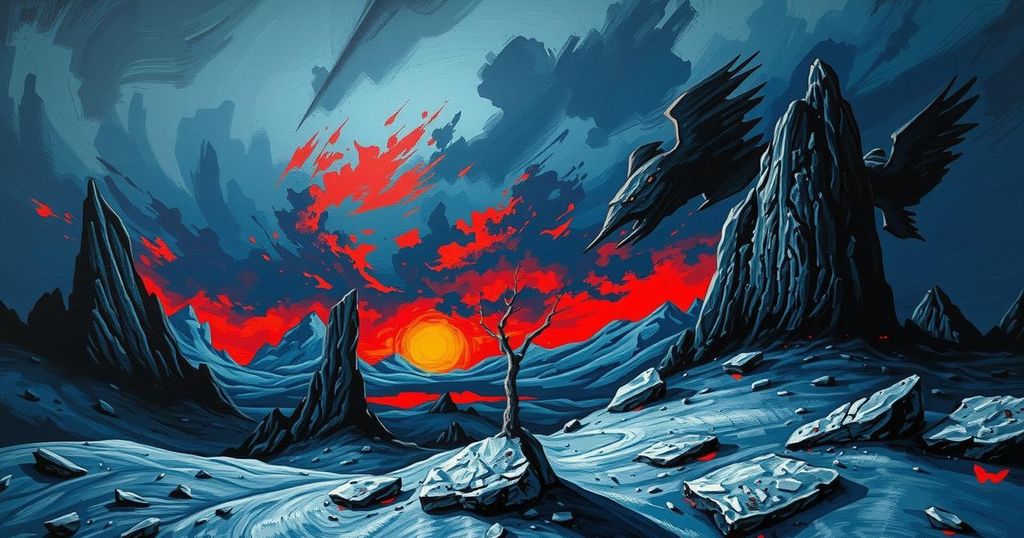World news
ASIA, CENTRAL MILITARY COMMISSION, DEFENCE, ENERGY INFRASTRUCTURE, EUROPE, EUROPE/ASIA, EUROPEAN UNION, KIM JONG UN, KOREA, NORTH, KOREAN CENTRAL, KOREAN CENTRAL NEWS AGENCY, KREMLIN, KURSK, LA, MILITARY, MILITARY SUPPORT, NORTH KOREA, PYONGYANG, RUSSIA, RUSSIA-UKRAINE WAR, SERGEY LAVROV, SHOIGU, SOUTH KOREA, UKRAINE, US, VLADIMIR PUTIN, WAR
Daniel O'Connor
0 Comments
Lavrov’s Visit to North Korea Indicates Tighter Military Alliance
- Russian Foreign Minister Sergey Lavrov will visit North Korea this week, signaling strengthened ties between the two countries.
- This visit comes after a high-level meeting between Sergei Shoigu and Kim Jong Un, raising concerns in the international arena.
- North Korean troops, estimated between 10,000 to 12,000, have been reported in support of Russia’s military actions in Ukraine.
- Putin’s acknowledgment of North Korean soldiers as ‘heroes’ highlights the deepening military collaboration between Moscow and Pyongyang.
- The deployment of North Korean troops marks a significant moment in military history since the Korean War.
Strengthening Ties Amidst Global Tensions
Sergey Lavrov, the Russian Foreign Minister, is preparing for a significant three-day visit to North Korea starting this Friday. This trip comes as both nations are firmly aligning themselves during the backdrop of Russia’s ongoing conflict in Ukraine. Notably, Lavrov’s itinerary remains uncertain regarding a formal meeting with North Korean leader Kim Jong Un. It remains to be seen if the two leaders will discuss pressing issues or simply reaffirm each other’s political stances as both face international scrutiny and challenges.
North Korean Troops and Historical Context
Last month, the situation deepened when Sergei Shoigu, a high-level Kremlin security official, held talks with Kim in Pyongyang. Following that discussion, it was revealed that North Korea would send 5,000 military construction workers to assist with rebuilding efforts in Russia’s Kursk region. This cooperation illustrates an evolving partnership, even as Russia grapples with military setbacks back home. Observers cannot overlook that these developments follow a statement from President Putin in April, where he labeled North Korean soldiers fighting alongside Russian forces as “heroes,” marking a striking acknowledgment of North Korea’s military involvement in the conflict in Ukraine.
Implications of North Korean Involvement in Ukraine
Moreover, military analysis from South Korea, the United States, and Ukraine has estimated that about 10,000 to 12,000 North Korean troops have been deployed to the Kursk border since last November, aligning with a mutual defense pact signed last June. Reports from Pyongyang reveal that this military assistance is intended to eliminate what they describe as “Ukrainian neo-Nazi occupiers”. However, this unprecedented troop involvement signals North Korea’s significant military commitment, particularly highlighted by their losses, with South Korean sources suggesting around 4,000 North Korean soldiers have been killed or injured. It is worth noting that this marks a pivotal moment in history as North Korea engages in large-scale military endeavors, reflecting an aspiration to bolster its military experience and presence on the global stage.
The upcoming visit by Sergey Lavrov to North Korea underscores a growing alliance between the two nations amid increasing international complexities. The recent military cooperation, highlighted by troop deployments and construction aid, reveals potential shifts in geopolitical landscape and military dynamics. Observers remain keenly aware of how these developments will unfold as they could have significant implications for regional stability and international relations.




Post Comment